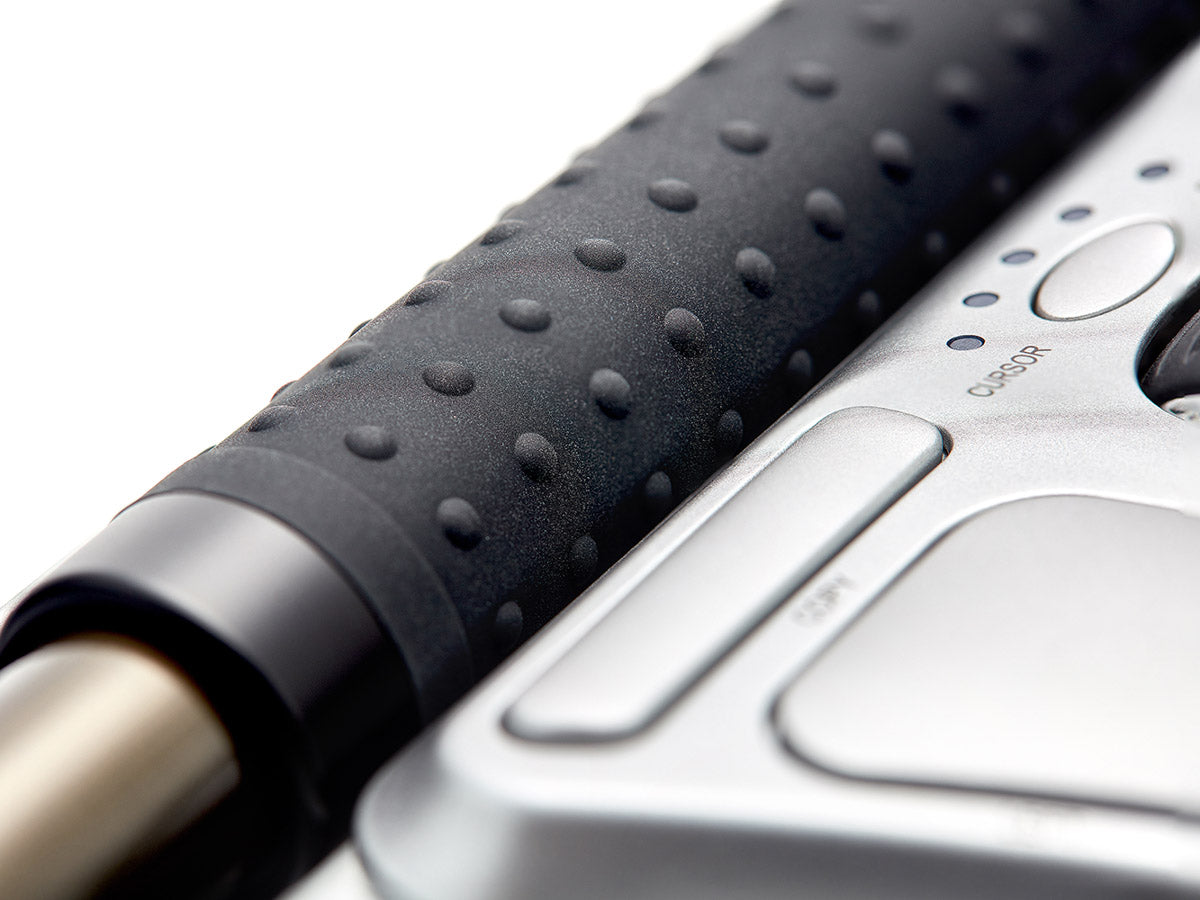Abstract (taken from the report, presented at Applied Ergonomic Conference 2013, March 19, 2013):
The goal of this study was to evaluate the effect of different types of computer pointing devices and placements on posture and muscle activity of the hand and arm. A repeated measures laboratory study with 12 adults (6 males 6 females) was performed where participants completed two mouse-intensive tasks while using a generic mouse, a trackball, a stand-alone touchpad, and a roller-mouse. An optical motion analysis system and an electromyography system monitored right upper extremity postures and muscle activity respectively. Roller-mouse associated with a more neutral hand posture (including lower inter-fingertip spread, finger extension) along with significantly lower forearm extensor muscle activity. Centrally located pointing devices (the touchpad and the roller-mouse) were associated with significantly more neutral shoulder postures and reduced ulnar deviation. In addition, significantly lower forearm extensor muscle activities were observed for these two devices. Despite being unfamiliar with the device, users reported that the roller-mouse was not more difficult to use than the other devices. These results show that both device design and location illicit significantly different postures and forearm muscle activities during use; and suggest that hand posture metrics may be important when critically evaluating pointing devices and their association with musculoskeletal disorders.
Update, February 16 2015: Please feel free to download and read the complete review below, originally published in Applied Ergonomics Journal.
Download the Study
Download the presentation
Download final report
Corporate Case Study
As part of a year-long effort to collect data on processes that affect overall production, an internal study was recently performed within the account processing department of a major Fortune 500 business services company, investigated the effect of using the RollerMouse on the daily production rate of account processors. A total of twenty-four active account processors served as the subject group. Subjects were provided the same skilling for the prior 30 days, and contained different skill sets.
